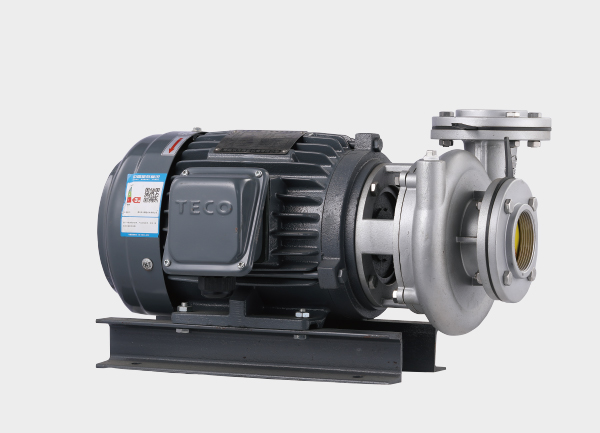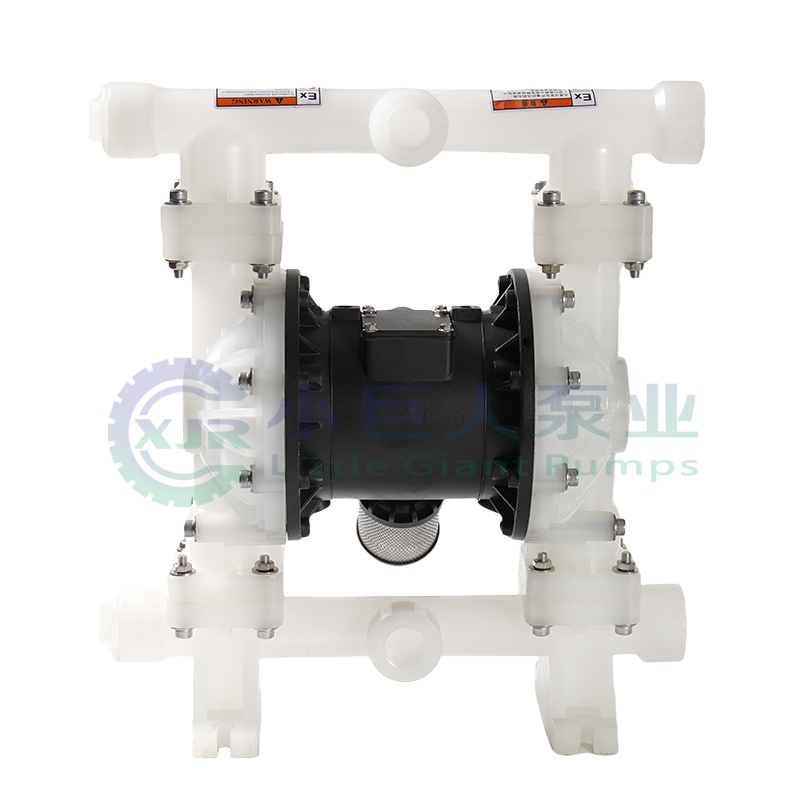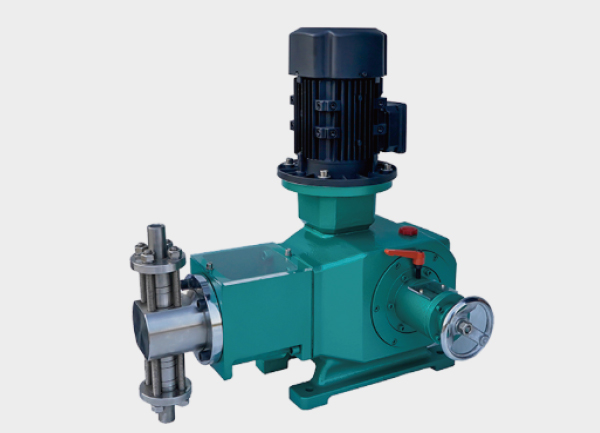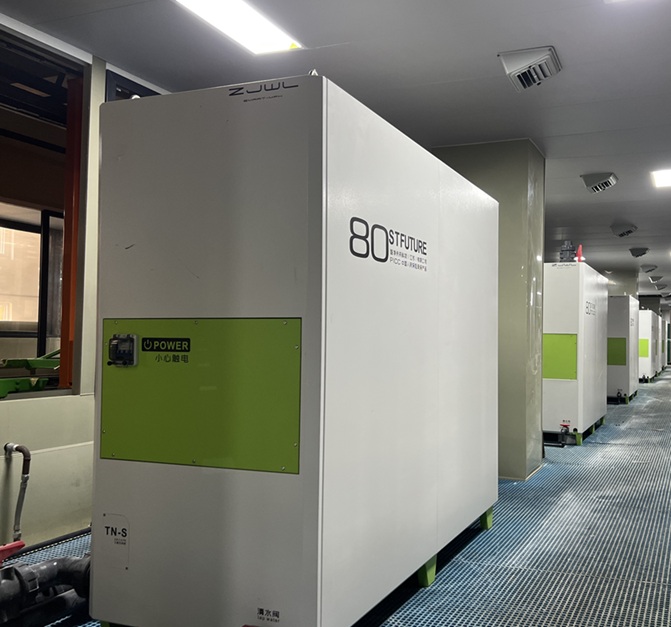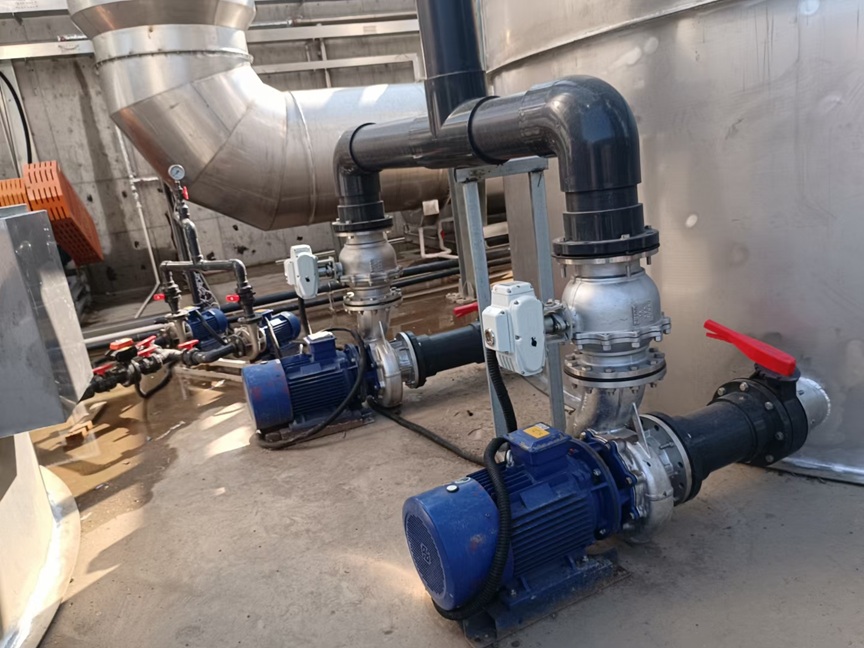The core working principle of an air-operated double diaphragm pump (AODD pump) is to use compressed air as the driving force to alternately move two diaphragms, achieving continuous fluid transfer through a repeated “suction and discharge” cycle. The pump requires no electricity, offers self-priming capability, and can handle a wide range of fluids, including viscous or particulate-laden liquids.
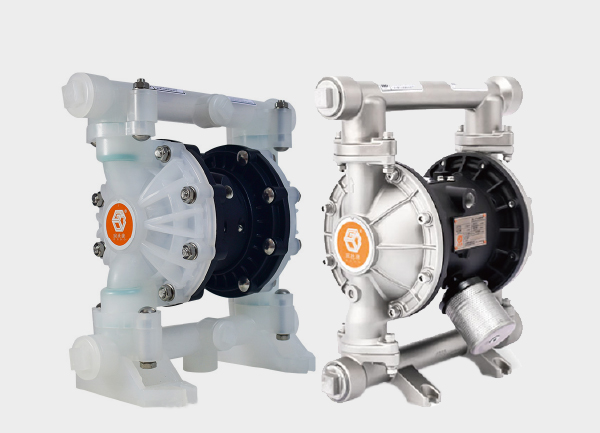
Three Core Stages of Operation (with Key Component Functions)
The entire pumping process relies on four essential components:
Compressed air source – provides the driving energy (typically 2–7 bar).
Air directional control valve – distributes air alternately to each diaphragm chamber.
Two flexible diaphragms – deform alternately to create suction and discharge actions.
Four check valves – two suction and two discharge valves prevent backflow.
Let’s break down the operation into three main stages:
1. Air Switching and Diaphragm Movement
When compressed air enters the pump body, the air directional control valve channels air into one side of the air chamber. The pressurized air pushes the active diaphragm inward, compressing the liquid chamber on that side.
At the same time, through the connecting rod linking the two diaphragms, the opposite diaphragm is pulled outward, creating negative pressure (vacuum) on the other side. This synchronized motion enables one side to discharge while the other side sucks in fluid.
2. One Side Suction, the Other Side Discharge
Suction side (negative pressure):
The pressure drop opens the suction check valve and closes the discharge valve, allowing fluid to be drawn into the liquid chamber.Discharge side (positive pressure):
The diaphragm compresses the liquid chamber, forcing fluid pressure to rise. This opens the discharge valve and closes the suction valve, pushing fluid out through the outlet port into the discharge piping.
3. Automatic Reversal and Continuous Cycle
When the pressurized diaphragm reaches its maximum stroke, it triggers the air directional control valve to switch the airflow direction. Compressed air is then redirected to the opposite air chamber — reversing the diaphragms’ motion.
This automatic switching enables the two diaphragms to operate in continuous alternation: one side sucks, the other discharges. The cycle repeats smoothly, resulting in continuous and stable fluid flow.
Why the AODD Pump Excels in Complex Applications
The inherent design of the AODD pump explains its versatility and reliability:
No electric motor, air-driven:
Safe for flammable or explosive environments, since there’s no electrical spark risk. It can even run dry without damage, as the diaphragms can operate without liquid.Built-in self-priming capability:
The combination of check valves and negative pressure suction allows the pump to self-prime without manual priming. It can lift fluids up to 7 meters vertically and handle high-viscosity or particle-containing liquids when equipped with abrasion-resistant valve materials.
In summary, the air-operated double diaphragm pump achieves safe, efficient, and flexible fluid transfer through a purely pneumatic mechanism. Its simple structure, reliable self-priming, and explosion-proof operation make it widely used in industries such as chemical processing, wastewater treatment, coatings, and food production — wherever conventional electric pumps may not be suitable.


